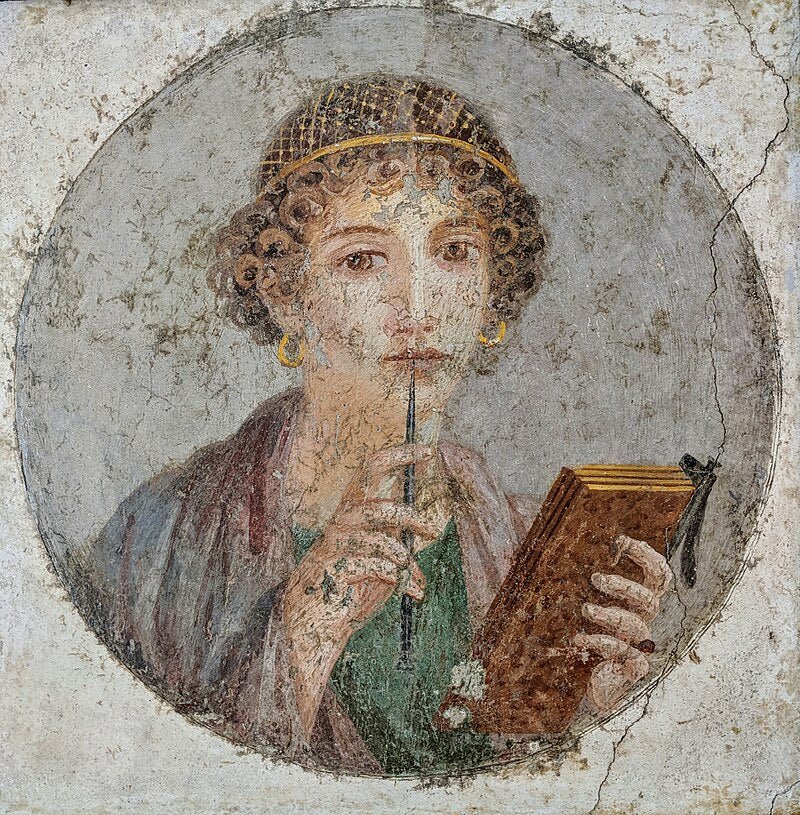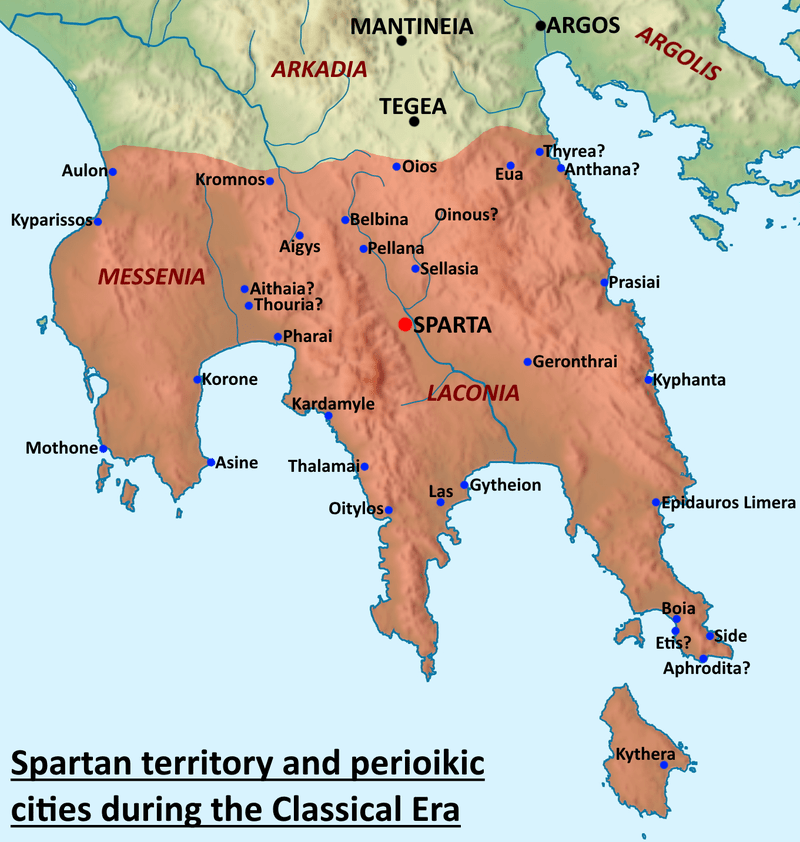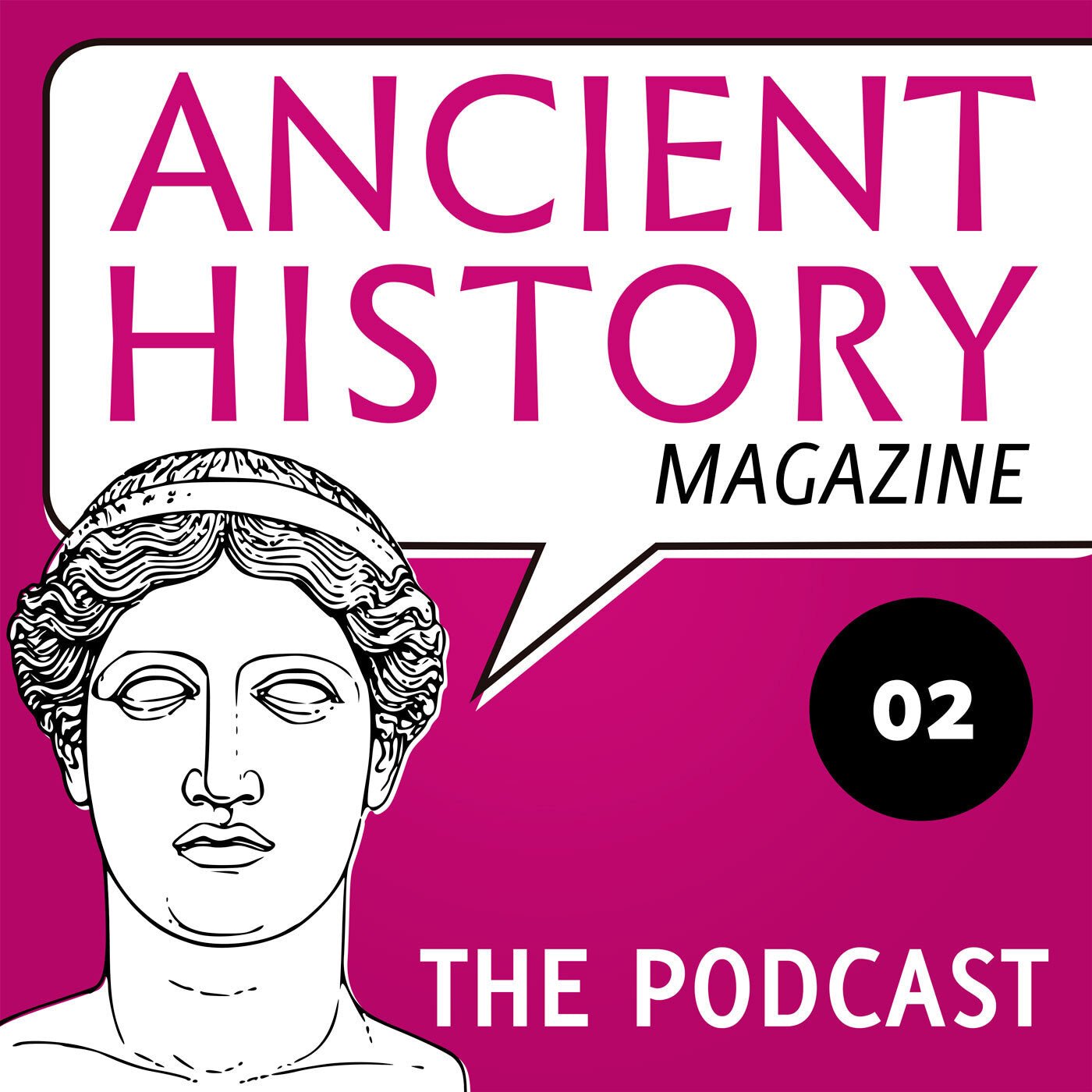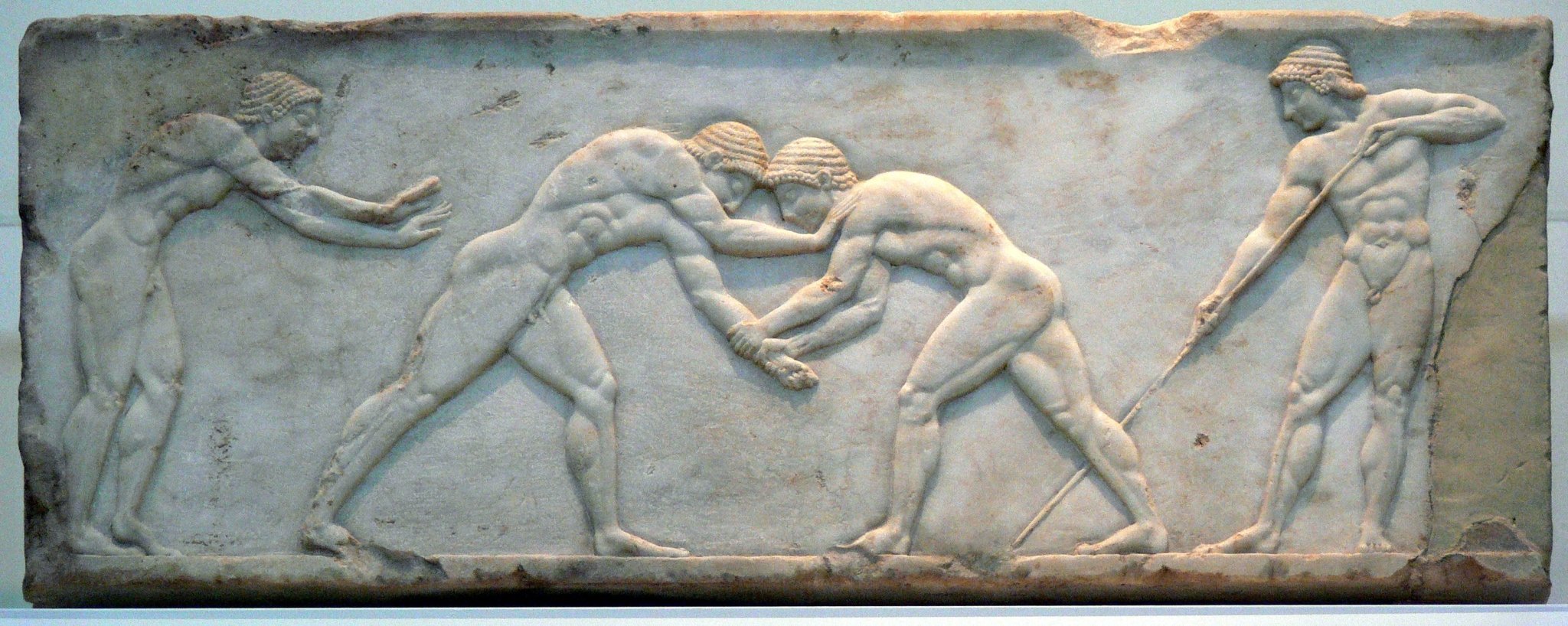Everyday Life in the Classical Maya World - A Review
By Owain Williams
Welcome to the very first blog book review of 2024! For readers who don’t know, these reviews are part of an informal series that, by highlighting books that discuss cultures beyond the ‘big three’ of Greece, Rome, and Egypt, aims to help readers expand their historical perspectives, should they want to.
In this instalment, we are looking at Traci Arden’s Everyday Life in the Classical Maya World (Cambridge: Cambridge University Press, 2023).
Just like my understanding of ancient Africa, I have had very little exposure to the Maya prior to reading this book. I knew they existed, I knew they built impressive cities that have since been swallowed by the jungle of Mesoamerica, and I knew that they were conquered by the Spanish in the sixteenth century. This book was written for readers like me. As Arden writes, “This book sets out to introduce the new student or admirer of ancient Maya society to the best approximation that current scholarship has to offer” (p. 1). Consequently, this book is not a thorough dive into the academic understanding of the Maya world, discussing archaeological discoveries and epigraphic material (although, that does come up). Rather, this book offers fictionalised accounts of the daily lives of the ancient Mayans – Arden is sure some of her colleagues “may find these passages too fictionalized” (p. 21) – written like a travelogue, guiding the reader, chapter by chapter, from the Maya hinterland to the cities and palaces, and on to the coast. There are no chapters on specific topics, such as religion, as these are woven into the other chapters, much like how these aspects of Maya society were woven into everyday life.

While this book “is not meant to be a reconstructed history of a single city” (p. 20), and despite noting how “each Maya city was unique” (p. 69), Arden has drawn extensively on the archaeological information about the city of Coba, “one of the largest Classical Maya cities of the 7th century” (p. 21), with a population of 50,000–70,000. With the emphasis on Coba, I could not help but think that the image Arden was presenting was not indicative of wider Maya society (much like how some books that claim to discuss ancient Greece only cover ancient Athens). However, Arden regularly brings in evidence from other Maya sites, elaborating on the situation in Coba with a Maya-wide perspective. Additionally, while footnotes are few and far between, Arden ends each chapter with a selection of further reading options, as well as a short bibliography at the end of the book, so readers have an idea of where to turn should they want to learn more.
The fictionalised lives of Mayans that Arden has created a vivid picture of the Classical Maya world, both the man-made and the natural environment, and Arden is able to weave both the intimate details we know of Maya daily life, such as their diet and eating utensils, as well as insights into the methods that Mayanists use to study objects, such as obsidian tools. Regarding the latter, Arden’s discussion tends to be brief, sometimes little more than a mention. For example, Arden provides no elaboration on how Mayanists use Postclassical Mayan codices and Spanish accounts of Maya life after telling the reader that doing so “is a challenging proposition” (p. 41). That said, this book is not meant to be a comprehensive introduction to the study of the Classical Maya, but an introduction to the Maya world and what we know about it. As such, leaving the reader with more questions should be taken as a positive, if a frustrating one.
Ultimately, I thoroughly enjoyed this book. Arden’s writing is simultaneously engaging and illuminating, creating an impression of the Maya world that leaps from the page without sacrificing academic input. As an introduction, it brings a little-known culture to life in intricate detail, offering the reader a sample of what awaits them should they wish to learn more about the Maya. If they do so wish, Arden’s ample offerings of further reading suggestions, most of which were published in the last few years, give the reader plenty of options.
Everyday Life in the Classical Maya World is available from Cambridge University Press in both hardback for £70.00 (ISBN: 9781107040670) and paperback for £22.99 (ISBN: 9781107682917).




